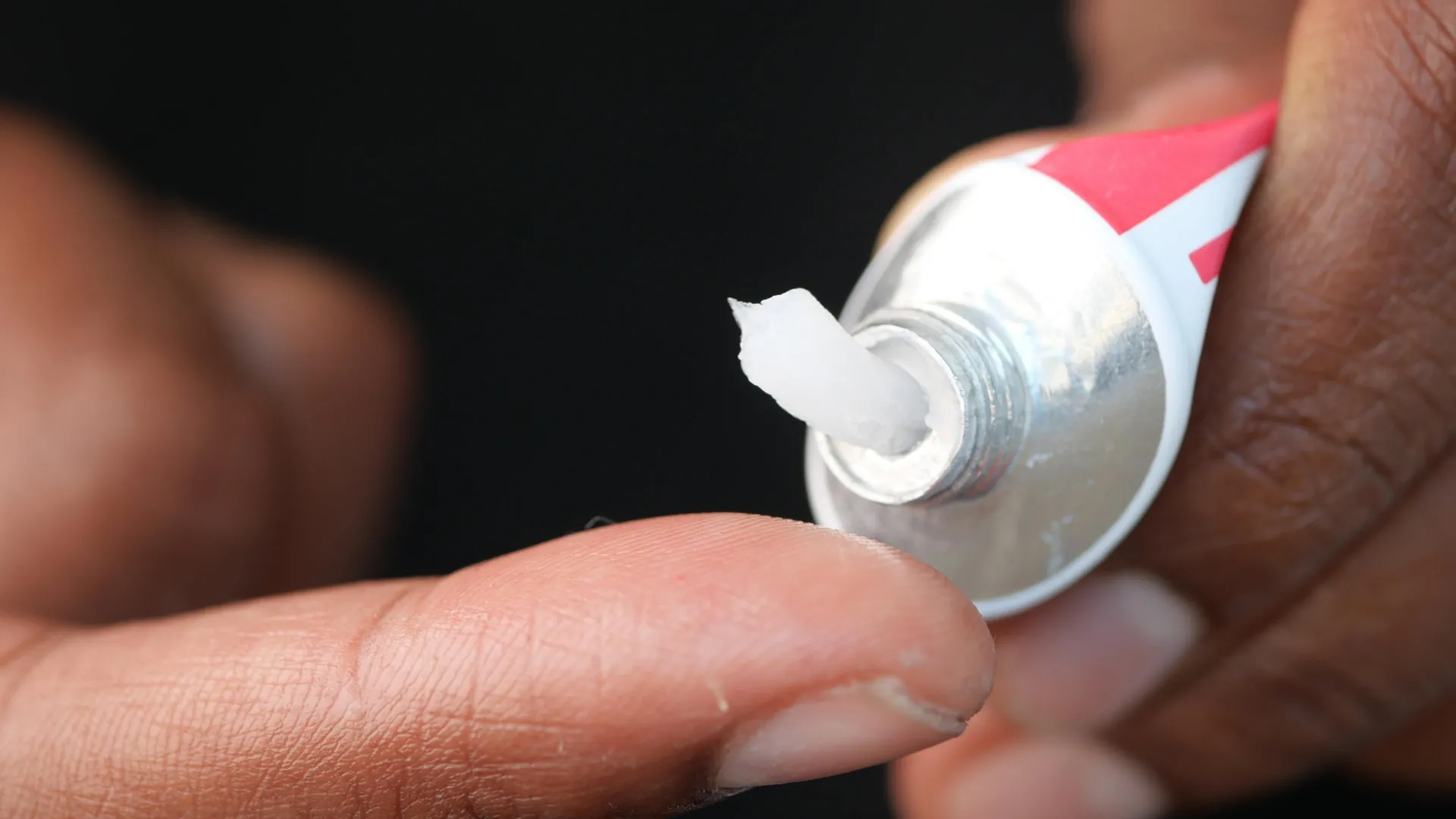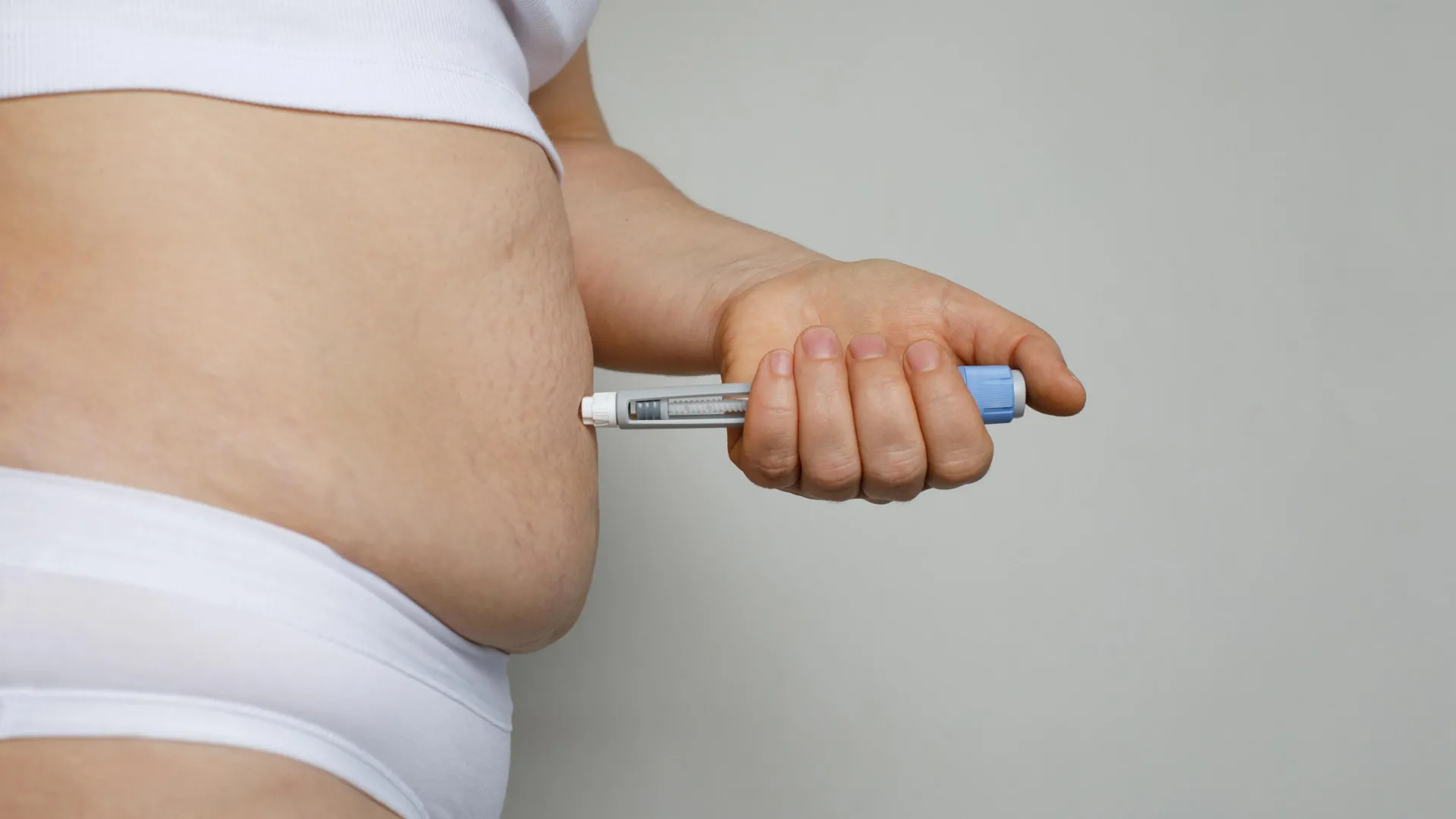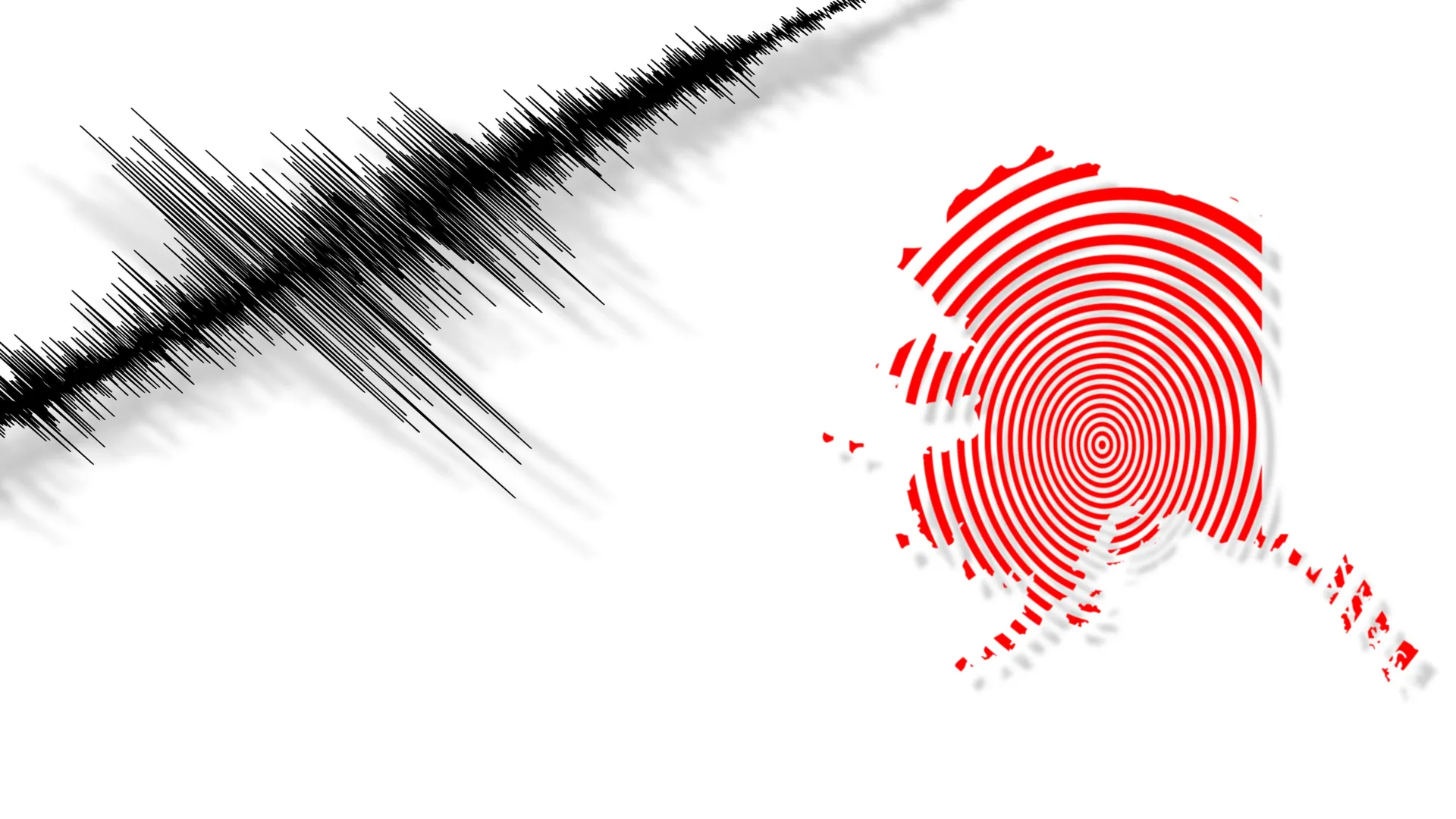Now Reading: Smart Gel Speeds Up Healing of Diabetic Wounds by Restoring Blood Flow
-
01
Smart Gel Speeds Up Healing of Diabetic Wounds by Restoring Blood Flow
Smart Gel Speeds Up Healing of Diabetic Wounds by Restoring Blood Flow

Speedy summary
- Chronic diabetic wounds, such as diabetic foot ulcers, are arduous to heal due to impaired blood vessel growth (angiogenesis), often caused by thrombospondin-1 (TSP-1), a protein that inhibits this process.
- A new study published in Burns & Trauma introduces an innovative bioactive wound dressing combining:
– Small extracellular vesicles (sEVs) loaded with miR-221OE – a microRNA targeting TSP-1.
– GelMA hydrogel for controlled and localized release of therapies at the wound site.
- High glucose levels in diabetic wounds were identified as a trigger for increased TSP-1 levels, impairing endothelial cell function necesary for new blood vessel formation. The microRNA treatment reduces TSP‑1 expression and restores this function.
- In preclinical trials on diabetic mice:
– The engineered composite dressing dramatically improved healing speed.
– Vascularization increased significantly,achieving a wound closure rate of 90% within 12 days compared to slower healing in control groups.
- Researchers believe this solution could revolutionize the treatment of chronic wounds beyond diabetes-related issues and contribute significantly to regenerative medicine.
Indian Opinion Analysis
This breakthrough provides promising prospects for addressing one of the most persistent health challenges related to diabetes. India is home to the second-largest number of diabetics globally, with millions at risk of developing chronic conditions such as foot ulcers. Poor access to advanced medical care can exacerbate complications from untreated wounds, leading in some cases to limb amputations or life-threatening infections.
The innovative use of miRNA-based therapy integrated with advanced hydrogels highlights how cutting-edge research can meet pressing clinical needs effectively.However, translating these experimental results into widespread practical applications will require extensive clinical trials and cost-effective manufacturing techniques-challenges critical for resource-constrained healthcare systems like India’s.
Still, if proven viable at scale, such regenerative advancements could greatly improve outcomes not only for Indian patients but also globally while reducing long-term healthcare costs. It is indeed particularly exciting that breakthroughs like these might pave the way toward broader tissue regeneration solutions within medicine over time-a development India should closely monitor both from public health and innovation standpoints.























